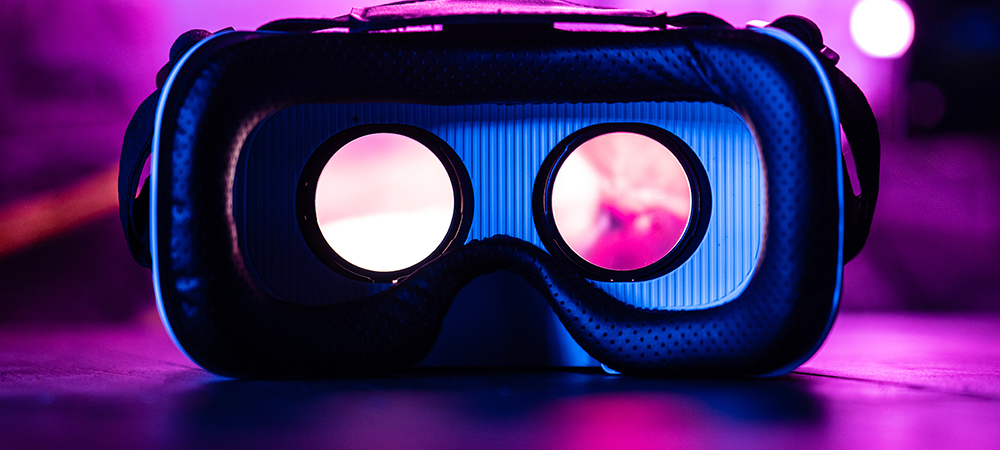Osso VR, a leading virtual reality-based surgical training company, has revealed the results of a new study published in the Journal of the American Association of Orthopaedic Surgeons Global Research & Reviews by Johns Hopkins University School of Medicine.
Led by the Department of Orthopaedic Surgery, researchers found that training with VR was subjectively rated higher compared with reading/video methods and had similar performance outcomes compared with training with physical simulation (PS).
The study, Evaluation of a Slipped Capital Femoral Epiphysis Virtual Reality Surgical Simulation for the Orthopaedic Trainee, compared the effectiveness of VR to other preoperative training methods in performing a slipped capital femoral epiphysis (SCFE) screw fixation procedure.
Just 21 orthopaedic trainees – nine junior residents and 12 senior medical students – were assessed on objective parameters, including screw accuracy, breaching of the femoral head or neck, surgical time, radiographic accuracy, surgical technique and collected subjective evaluations of each educational platform. No difference was observed in surgical time, Global Rating Scale score, radiographic or physical accuracy of screw position, or articular surface breaching between the groups. Subjectively, there was a difference in utility of platform rating between the groups (PS: 10 ± 0, VR: 7 ± 2, and control: 6 ± 1, P = 0.001).
“Although practicing with a physical SCFE model may be the most realistic method to train novice surgeons, VR training modules within Osso VR seem to yield similar radiographic accuracy and surgical technique performance while offering a more convenient method to practice surgical skills, which is extremely valuable,” said Dr. Dawn LaPorte, Vice Chairman of Education and Professor of Orthopaedic Surgery at Johns Hopkins School of Medicine.
“Like many surgeons, I initially assumed that physical force feedback would generate significant gains in skill transfer when used in simulation,” said Justin Barad, MD, CEO and co-founder of Osso VR. “However, when I looked into the literature in the vast majority of studies there seems to be no difference in skill transfer, which this study further supports and reinforces. With modern virtual reality and cutaneous haptics, we have the opportunity to bring affordable, portable and effective simulation to every single surgeon around the world.”
Click below to share this article

